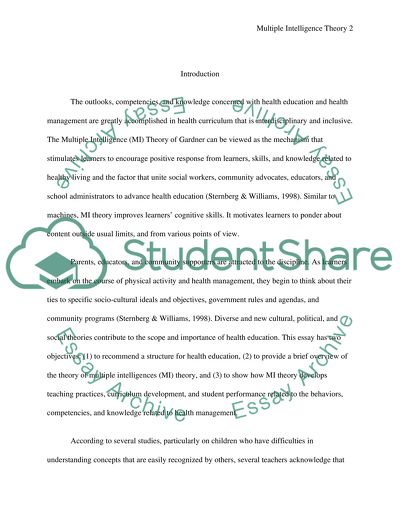Cite this document
(“Multiple Intelligences and its relationship to curriculum development Research Paper”, n.d.)
Retrieved from https://studentshare.org/family-consumer-science/1411762-multiple-intelligences-and-its-relationship-to
Retrieved from https://studentshare.org/family-consumer-science/1411762-multiple-intelligences-and-its-relationship-to
(Multiple Intelligences and Its Relationship to Curriculum Development Research Paper)
https://studentshare.org/family-consumer-science/1411762-multiple-intelligences-and-its-relationship-to.
https://studentshare.org/family-consumer-science/1411762-multiple-intelligences-and-its-relationship-to.
“Multiple Intelligences and Its Relationship to Curriculum Development Research Paper”, n.d. https://studentshare.org/family-consumer-science/1411762-multiple-intelligences-and-its-relationship-to.


